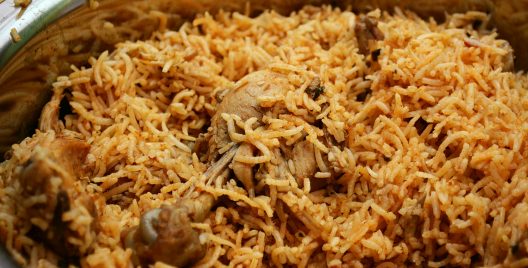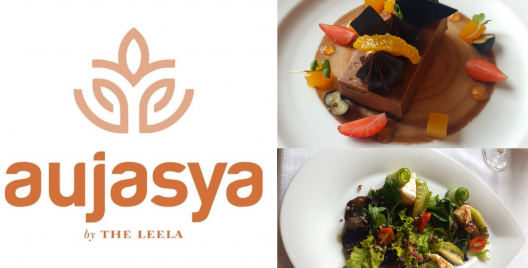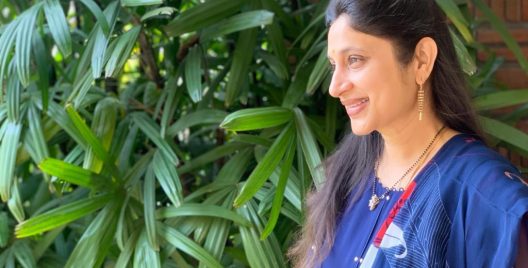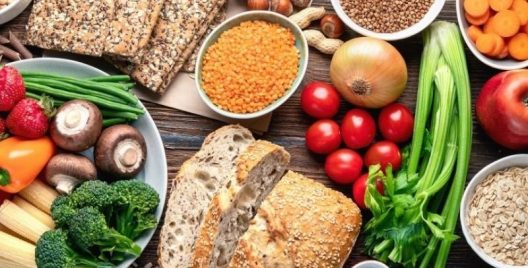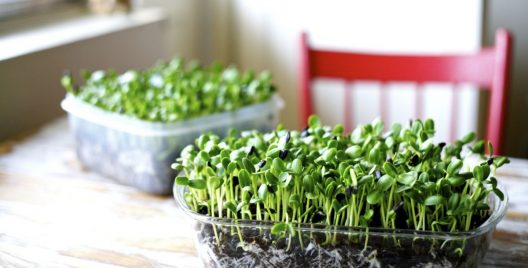These days, gluten free grains are a new buzzword, but in India we have been consuming them for centuries. Other than rice, amaranth, quinoa, buckwheat and corn, these are none other than our traditional millets. Oats are also technically gluten free, but can get contaminated during processing. Gluten refers to the proteins found in wheat, rye, barley etc., that act like a glue that helps food maintain their shape, but it can also cause digestive problems in some people.
While the world is going crazy over the health benefits of quinoa, our homegrown millets can also pack quite a punch. For example, foxtail millet and proso millet have just a few grams less protein than quinoa (around 12g versus 14g per 100g uncooked grain). Sorghum (which is being touted as the ‘new quinoa’) and pearl millet are also high in protein. Most millets, especially little millet, barnyard millet and pearl millet are high in iron. Ragi (finger millet) has a veryhigh calcium content, about 10 times that of rice or wheat. Barnyard millet, foxtail millet and kodo millet have over 10g of fibre (per 100g) vs 0.5 gin white rice. These are but a few examples.
The health benefits of millets are many:
- They are usually consumed as whole grains, with minimal processing.
- They are gluten free and provide an option to those who have gluten intolerance or celiac disease.
- Millets are rich in in protein, antioxidants, minerals (iron, copper, magnesium, calcium, phosphorous, potassium) and B vitamins.
- They are an extremely good source of fibre, and so help with digestion, constipation and weight loss.
- They are slow release carbs i.e. they have a low glycemic index (the rate at which the blood sugar rise after a meal is low), making them perfect for diabetics, for reducing the risk of cardiovascular disease and for general good health for everyone.
- They are among the least allergenic grains available.
- They are affordable (foxtail millet costs around Rs.100 per kg versus the cost of quinoa @Rs.500-700 per kg).
Types of Millets, Local Names, What you can cook with Millets
Here’s a quick reckoner (in languages familiar to me) of the types of millets and what you can cook with them, so you can quickly get started on feeding healthy whole grains to your family.
| English | Hindi | Tamil | What you can cook |
| Pearl Millet | Bajra | Kambu | Roti, khichadi, adai (lentil dosa) |
| Sorghum | Jowar | Cholam | Roti, porridge, baked goodies like biscuits and muffins |
| Foxtail Millet | Korra/Kangni | Thinai | Upma, idli, dosa, rice dishes |
| Finger Millet | Mandua
Nachni (Marathi) |
Kezhvaragu
Ragi (Kannada) |
Porridge, roti, dosa, pancake, baked goodies |
| Kodo Millet | Kodra | Varagu
|
Curd rice, kheer, upma, idli, dosa, pancake, baked goodies |
| Little Millet | Kutki | Samai | Curd rice, upma, ,idli, dosa, kheer, biscuits |
| Barnyard Millet
Proso Millet
|
Jhangora
Barri
|
Kuthiraivali
Panivaragu |
Curd rice, upma, pongal, idli, dosa, kheer
Curd rice, upma, idli, dosa, pancake, baked goodies |
Source: Parent Edge Magazine, September-October 2013
Cooking times for millets may vary, as does the amount of water you need to cook them. You can cook most millets like rice, in a covered pan or pressure cooker, using 2 cups of water for every cup of millets. Once done, let it sit for 5-10 minutes and then fluff with a fork so the grains separate. But for thicker millets, like foxtail and pearl millet, soak for at least 30 minutes, and use an extra ½ cup water for cooking.
Some require more water than rice. For example, for foxtail millet, which has a thicker texture, use 2½-3 cups of water for every cup of millet. Soak the millet in advance, like you would do for basmati rice. As with rice, when the water is boiling, reduce the heat to low, cover with a lid and cook for 10 minutes or until done. Switch off the flame, let it sit for 15-20 minutes and fluff with a fork. Or you can pressure cook, using a ratio of 1 cup millet to 2½ cups water.
Handy Hint: Whole grains should be stored properly since the oil in them can cause spoilage over time. Use airtight containers to reduce moisture and bugs. Use them within a month, or store in the fridge for a few months or in the freezer for up to 6 months. (TEXT BOX SOMEWHERE)





